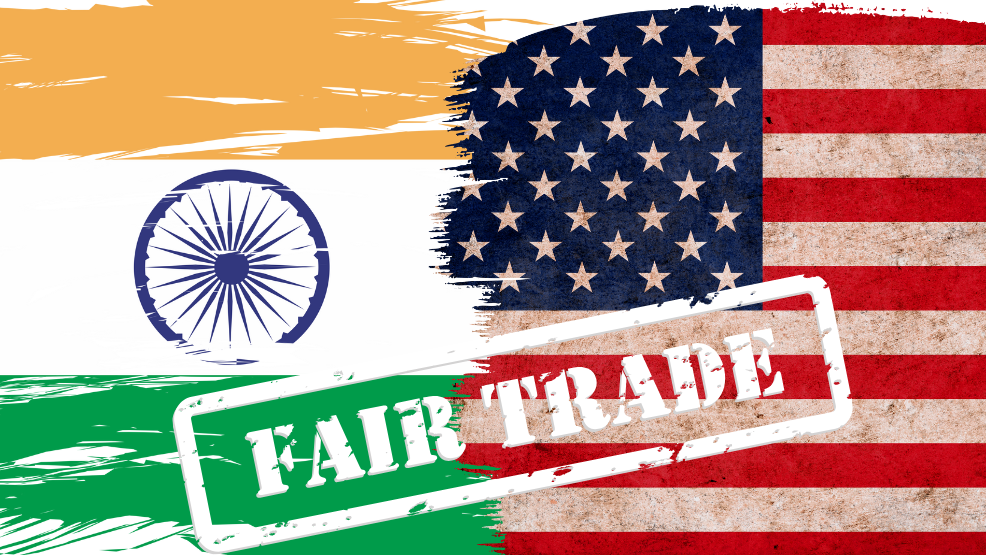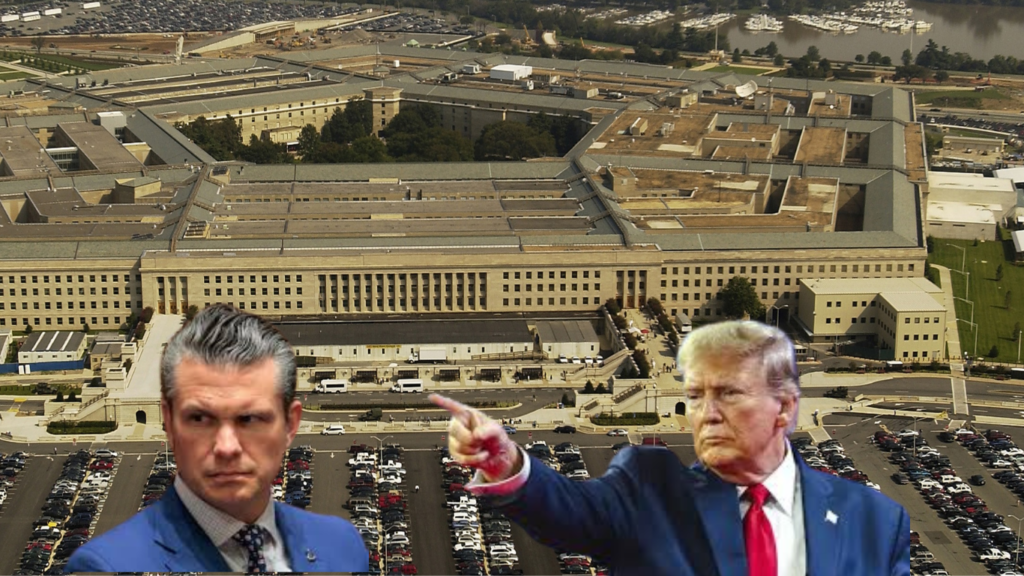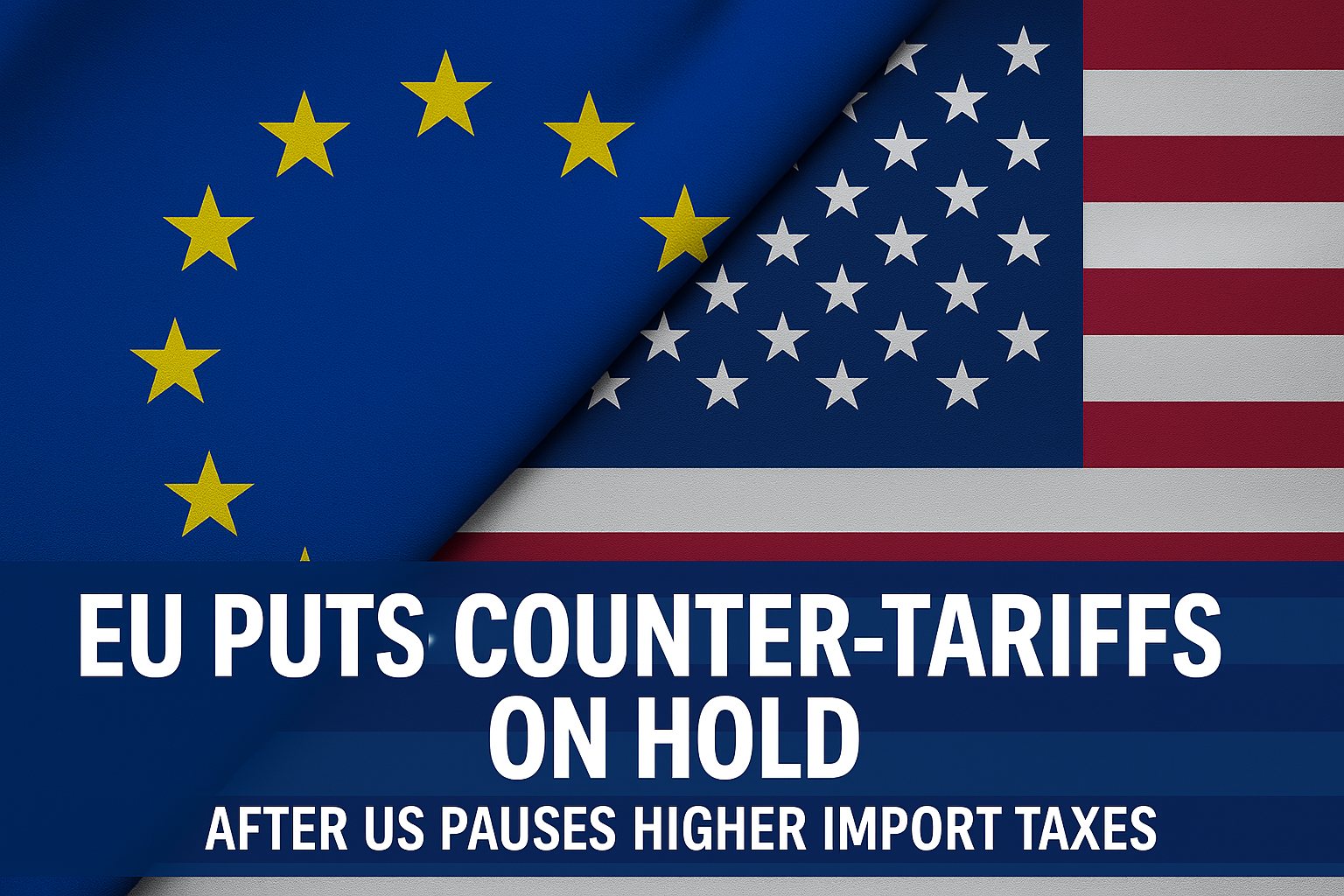Trump Crypto ETFs Bitcoin: 7 Bold Predictions About the MAGA Money Revolution .Is it brilliance, bravado, or just another brand-backed gamble?
Buckle up, America—financial headlines just took a star-spangled twist. With Trump Media joining forces with Crypto.com and Yorkville America Digital, the buzzword of the year is here: Trump Crypto ETFs Bitcoin. These “America-First” investment funds mix the volatility of digital currency with the patriotic pulse of U.S.-based stocks. But is it financial genius or political theatrics?
Let’s dig into this controversial launch and explore whether this innovation is a revolution—or a reckless risk—tapping into America’s love for freedom and cryptocurrency.
What Are Trump Crypto ETFs Bitcoin?
These ETFs (Exchange-Traded Funds) are not your typical Wall Street instruments. Instead of tracking only tech giants or renewable energy trends, they blend Bitcoin and MAGA values into one volatile cocktail. Think American manufacturing, oil energy, defence contractors—and now, decentralized digital assets.
According to initial statements, the goal is to create a red, white, and blue fund that empowers retail investors while sticking it to traditional financial elites. This “decentralized meets nationalist” approach has never been tried before.
The Players Behind the Pitch
- Trump Media: Known more for Truth Social than trading desks, this is their fintech debut.
- Crypto.com: A global crypto exchange powerhouse giving credibility to the distribution angle.
- Yorkville America Digital: A financial backend partner promising structure and strength.
Combined, these entities aim to legitimize crypto for the conservative, middle-American investor.
Why the Market’s Reaction Was Immediate and Intense
Transitioning into the social media space, reactions lit up X (formerly Twitter) within minutes of the news. Supporters praised the funds as visionary, patriotic, and profitable. Detractors warned of impending disaster, comparing the product to “wrapping a Bitcoin bomb in a flag.”
Crypto and Politics: Explosive Pairing or Perfect Synergy?
Let’s be honest—mixing Trump’s polarizing persona with the unpredictability of Bitcoin feels like putting fireworks in a microwave. Supporters argue it’s exactly the disruption the market needs, while critics fear credibility will crumble under the weight of Trump’s brand history.
Bitcoin’s High-Risk History Meets Wall Street
From $3,000 to over $60,000 and back again, Bitcoin’s rollercoaster ride is no secret. Packaging it inside an ETF adds a sense of legitimacy, but also magnifies the risks. If the coin crashes, will the whole red-white-and-blue fund come crumbling down?
Is the World Ready for Nationalist Crypto?
Crypto.com will distribute these ETFs globally, but will international investors embrace an asset draped in American exceptionalism? The branding could backfire outside the U.S., especially in nations critical of American economic policy.
Can Trump Media Pull This Off Financially?
Truth Social hasn’t exactly dethroned Twitter. So, how can a media company lacking institutional finance chops manage a cutting-edge ETF product? That’s what skeptics are asking, especially when complex regulatory challenges loom.
The Bullish Perspective: Power to the Patriots
Supporters see the move as revolutionary. If it works, it could boost middle-class investment opportunities and reshape Trump’s legacy from social media magnate to financial innovator.
“It’s like giving crypto a Constitution,” one user posted. Bold? Yes. Risky? Absolutely.
The Bearish Take: Another Trump Scheme?
Opponents highlight Trump’s track record—university lawsuits, failed casinos, and overleveraged branding deals. Combine that with Bitcoin’s unpredictable nature, and critics argue these ETFs may be more about optics than substance.
Timing Is Everything—and 2025 Is Political Dynamite
Let’s not forget: Trump looms large on the 2025 political stage. Whether seeking office or power behind the scenes, these ETFs may serve dual purposes—financial gain and agenda-driven influence.
So… Genius or Disaster Waiting to Happen?
The answer isn’t clear cut. Trump Crypto ETFs Bitcoin is either a market-defining move or a cautionary tale in the making. Investors must balance ideological allegiance with economic reality.
FAQs
What is a Trump Crypto ETF?
It’s a fund blending Bitcoin with stocks that align with “America First” policies, launched by Trump Media in partnership with Crypto.com.
Are these ETFs available internationally?
Yes, via Crypto.com global distribution network.
Can I invest with a traditional brokerage?
Currently, they’re planned for platforms integrating with Yorkville America Digital, but rollout details are pending.
Is it risky to mix crypto and politics?
Absolutely. High volatility, brand dependency, and global skepticism increase the risk.
Is Trump personally involved in managing the ETFs?
Not directly. Trump Media manages branding and partnerships, not the funds themselves.
What happens if Bitcoin crashes again?
Like all ETFs, these are exposed to underlying assets. A Bitcoin crash could severely hurt fund performance.
There’s no denying it: Trump Crypto ETFs Bitcoin is a bold, brash idea—equal parts Wall Street and White House. If it works, it might redefine investment culture for a generation. But if it fails, it will become a cautionary tale taught in every MBA program.



